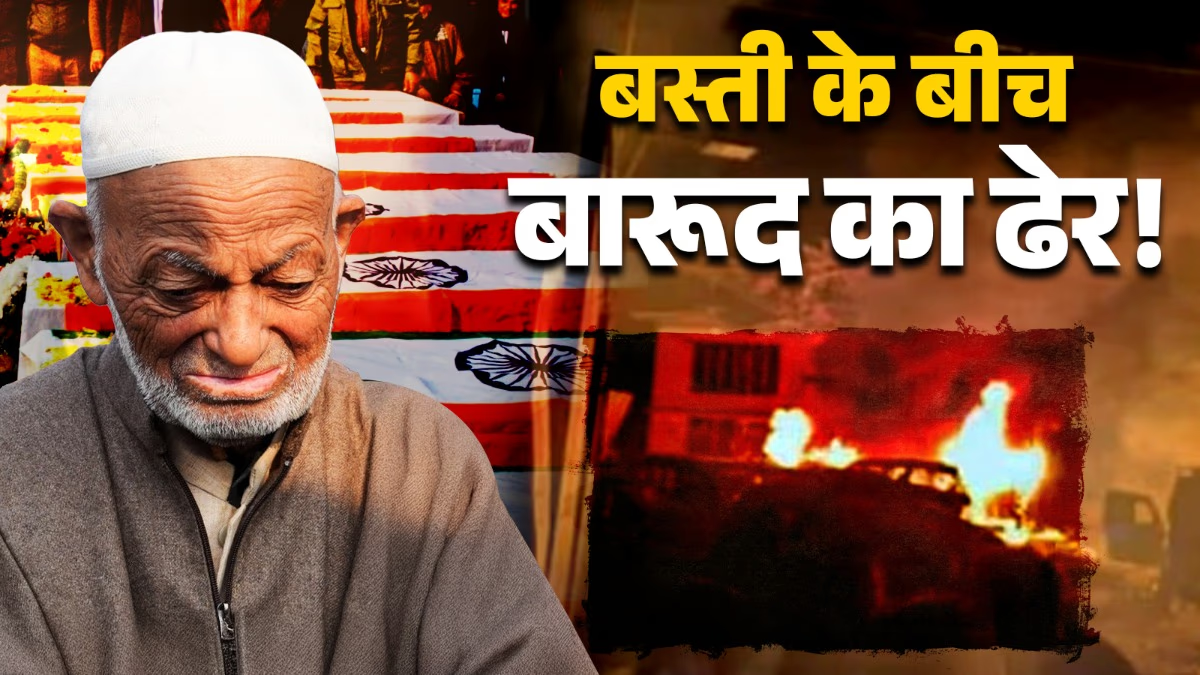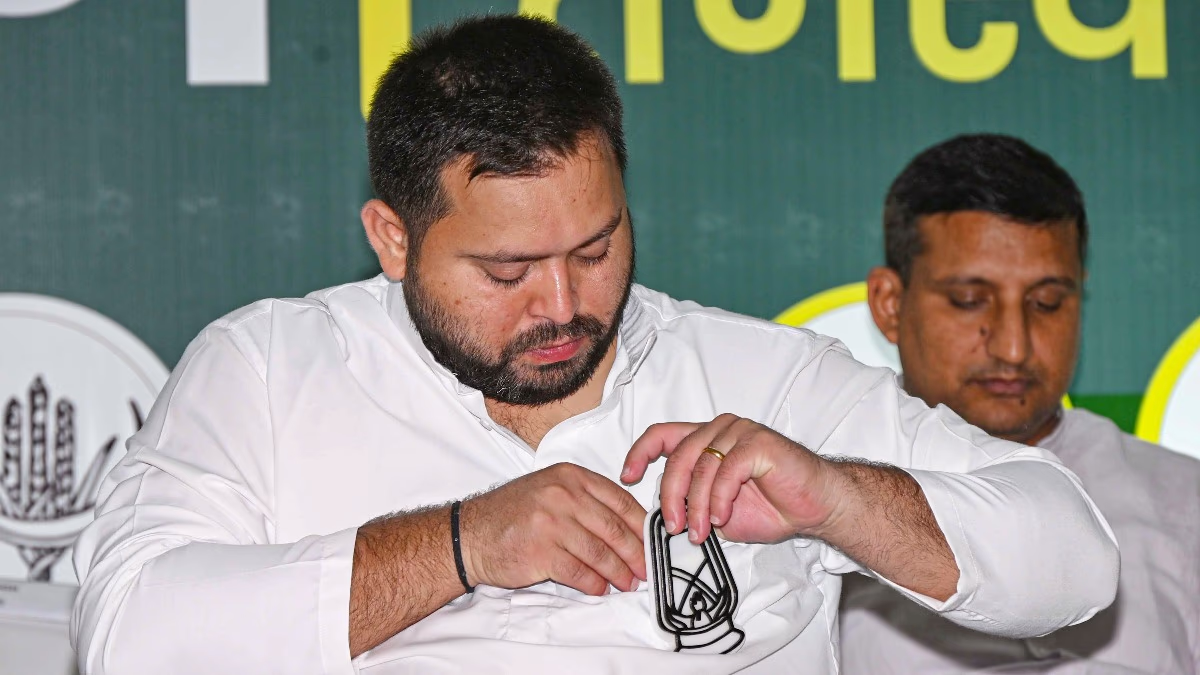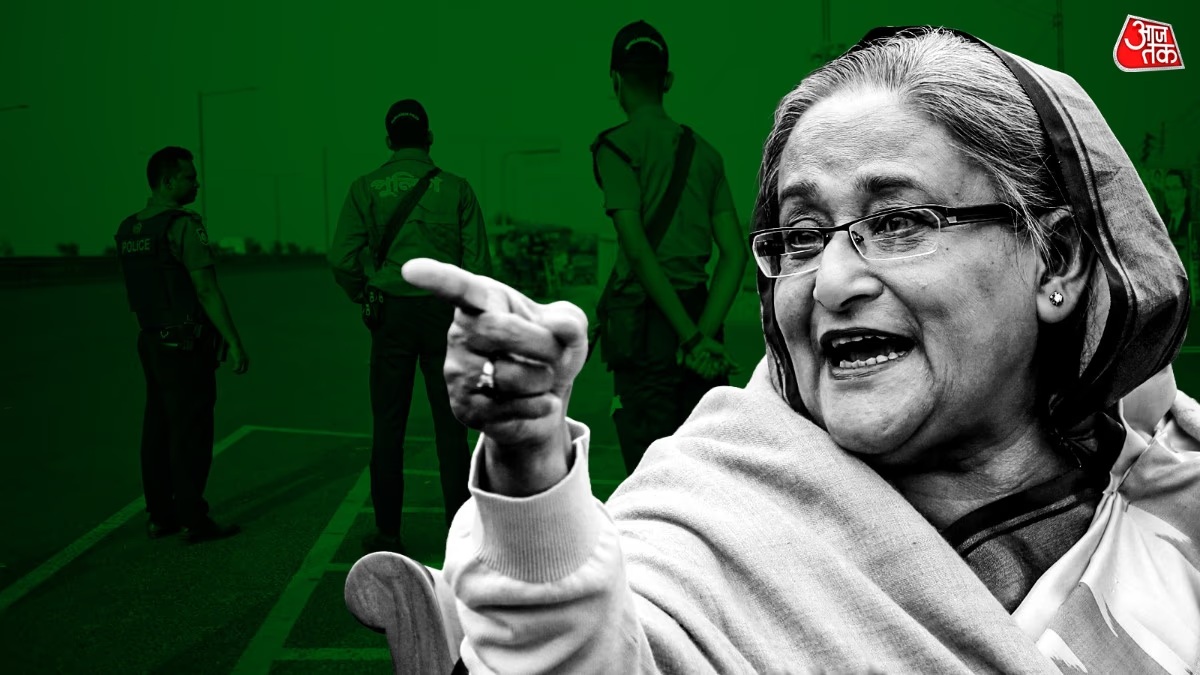Situated in densely populated Kashmir, the Nowgam police station witnessed a sudden transformation into a fiery spectacle on the night of November 14, precisely at 11:22 PM. The explosion was so massive that it lit up the sky with a dome of fire reminiscent of a war movie scene. The loud blast woke people miles away, and nearby buildings crumbled. Tragically, nine individuals, including an inspector, three CFSL experts, two photographers from the crime branch, two revenue officers, and a local tailor, lost their lives.
On November 9, a joint operation by Haryana and Jammu-Kashmir police uncovered the 'Doctor Module' of Jaish-e-Mohammed in Faridabad. During the raid, they confiscated 360 kg of ammonium nitrate, wires, detonators, batteries, and some liquid chemicals from Doctor Muzammil's rented house. This explosive cache was taken 800 kilometers to the Nowgam police station in open storage. The CFSL team arrived on the evening of November 14 to sample each packet of the recovered explosives. Their diligent work was in the final stages.
Sampling of the ammonium nitrate was nearly complete when it was the turn of the liquid, requiring extra caution. The CFSL team arranged additional lighting in the station yard to facilitate their meticulous work. As the cold intensified, they proceeded with utmost care, but at precisely 11:22 PM, a tremendous explosion ensued. The station's ground shook, the roof collapsed, and many structures were destroyed. The blast injured many and led to the tragic loss of nine lives. DGP of Jammu and Kashmir, Nalin Prabhat, confirmed that this was a tragic accident due to human error, not a terrorist attack.
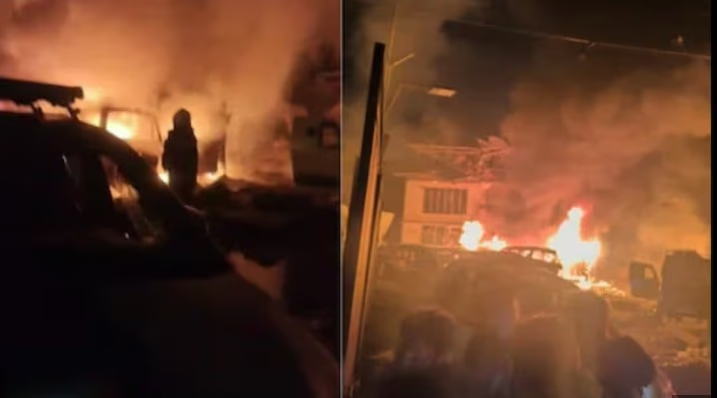
Source: aajtak
An investigation into the cause of this tragedy began immediately. Ammonium nitrate, used as a fertilizer and in mining, does not explode on its own. For a detonation, it requires a combination with accompanying substances like fuel oil, acetophenone, hydrogen peroxide, or sulfuric acid. Preliminary checks suggest that the liquid might have been dangerously close to the ammonium nitrate during sampling. Was this an accidental mix? Had it already leaked and mingled prior to the inspection? Did the forensic team miss this oversight?
When mixed with a liquid like sulfuric acid, ammonium nitrate can convert into TATP, triacetone triperoxide, a highly unstable compound. A slight static discharge from brushing your hair, even the mild current from rubbing clothes or the spark from a falling stone or metal could ignite it. Experts assess that even a minor blend of liquid with ammonium nitrate could cause a substantial explosion. While transferring to containers, static charge generation poses a risk.
This raises crucial questions: At what point did the sampling process go awry? Why was such a vast amount of explosives stored openly amidst the densely populated area of Nowgam? Were the liquid and ammonium nitrate inadvertently mixed prior? Did the team overlook potential chemical reactions on November 14th? Was this a result of underestimated safety protocols? The answers are under intense scrutiny by NIA and bomb experts to ensure accountability. The Nowgam police station incident was not just an explosion but a critical lesson on oversight and the potential consequences of negligence.
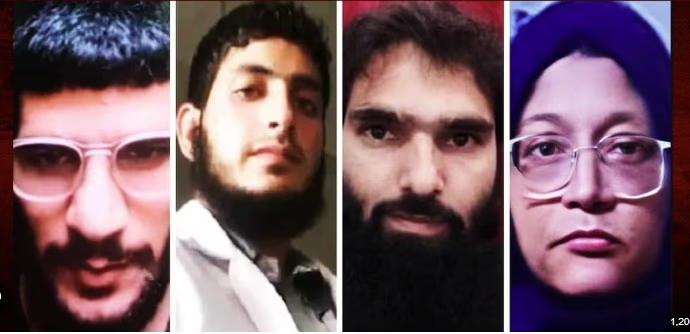
Source: aajtak
This entire episode unraveled with the discovery of a white-collar terror module, initiated by a poster in Srinagar. On October 17, residents found a poster in Nowgam displaying 'Jaish-e-Mohammed', dated October 17, 2025. The poster, in Urdu and ominously toned, warned those collaborating with the agencies of consequences against Sharia, threatening severe actions without opportunities for forgiveness. It bore the signature of Commander Hifzulullah.
This warning forced the Nowgam police into action. Initial arrests included a cleric, Maulana Mohammad Irfan, followed by Doctor Muzammil. Further investigations led to the arrest of five more names: Arif Nisar Dar, Yasir ul Ashraf, Maqsood Ahmad Dar, Zaheer Ahmad Ahangar, and Doctor Adil Rather. Except for Doctor Muzammil and Dr. Adil, all were local to Nowgam. The FIR for the poster was registered at the Nowgam police station, which is why the cache was stored there.
